Last week, we talked about the need to change before things go stagnate, as well as the near inevitable downturn in an organization when a change is instigated. Today, I want to talk about four things to keep in mind when thinking about organizational change.
1. Keep vision in front of the organization constantly.
Unfortunately, it has become a cliche in leadership lingo, but vision will make or break an organization. If there is no clear idea of where an organization is headed, then any and all change will be fought tooth and nail. Every organization's default vision statement is "Maintain the status quo." It's up to the leader to dethrone the default. A leader must present a preferred vision of the future that inspires all involved in the organization to recognize that the status quo is insufficient and undesirable. If vision is not grasped by the board, congregation, or key stakeholders, then change will be much more painful that it has to be.
Something being popular, well-attended, or growing does not, by itself, mean that it shouldn't change.
One of my favorite leadership axioms is the simple phrase, "Make it better." I think about this when considering something we all use but never think about: USB cords. More and more we use USB-C, which are reversible, carry tons of power, and are much faster than the older USB 3 cousins. Before that was the even slower USB 1 and 2. And before that there were unwieldy "serial ports." Every single one of these cords was ubiquitous during its time. Every computer had a serial port, despite its massive size and slow connection speed. And then USB 1 came along, and we eventually dropped serial. Then USB 2, then 3, and now we're all changing to USB C and dropping the old style.
A church or organization also has programs, activities, or products that may well be popular, used by nearly everyone, and difficult to imagine living without. But that doesn't mean that there isn't something better available. If it weren't for Qdoba and Chipotle, we'd all be innocently eating our chalupas, unaware of the magnificence of a well-constructed fresh burrito. Without Charles Wesley, we'd still be chanting in Latin; and without Hillsong we'd still be closing every service with "Amazing Grace." Every leader has to look at what is and decide, "Is this the best or is this merely good enough?" Moving from "good" to "best" means we need the bravery to leave good enough behind.
3. Don't turn around three-quarters of the way through.
What did the photographer do to make that guy want to walk alone into the desert?
Imagine you're in a caravan, making your way through 200 miles of desert to get from one oasis to the next. The first oasis was great, but you knew you couldn't stay there, so your caravan made the brave decision to leave and head to the next oasis. You pack up 250 miles worth of water, food, and supplies, just in case you lose your way.
But then, at mile 150, the caravan gets restless. What if you're lost? What if the old oasis was good enough? What if the new oasis doesn't exist, but was just made up by the leaders for God knows what reason? What would happen if the caravan turned around and decided to head back?
Disaster. Because with 50 miles to go, you will run of food and water and be buried by wind and sand. If the caravan had just kept going, then things would have turned out all right.
The same is true of leading through change. As previously discussed, change can certainly lead to a difficult desert journey. And while it may be hard, quitting part way through will be even harder. Because by then you've spent all the trust and relational capital you've had to go nowhere.
When a leader is certain that the change is necessary for the health of the organization and necessary to accomplish the stated vision, then it's their responsibility to make sure the caravan doesn't turn around. Just because it's hard doesn't mean it's the wrong decision. (This is different than the sunk-cost fallacy, which we'll talk about in a future post).
4. Start preparing for the next change.
Coming to the end of a change process can be an exhilarating thing, especially once you begin to see the fruit of the change. The organization grows, lives are being changed for the better, and the vision is being accomplished. However, leaders must beware the temptation to rest their laurels on what they've accomplished, because it's precisely that temptation that leads organizations into complacency.
Good leaders know that their organizations must change to stay healthy. Great leaders know that they must plan for the change after the change in order to avoid stagnation. This is the nature of transformative leadership, knowing that no change is final and no vision can be ultimately accomplished. Leaders must have a drive and passion that they pass onto everyone they lead. That way the entire organization can be united in the belief that things can improve one change at a time.





Discussion